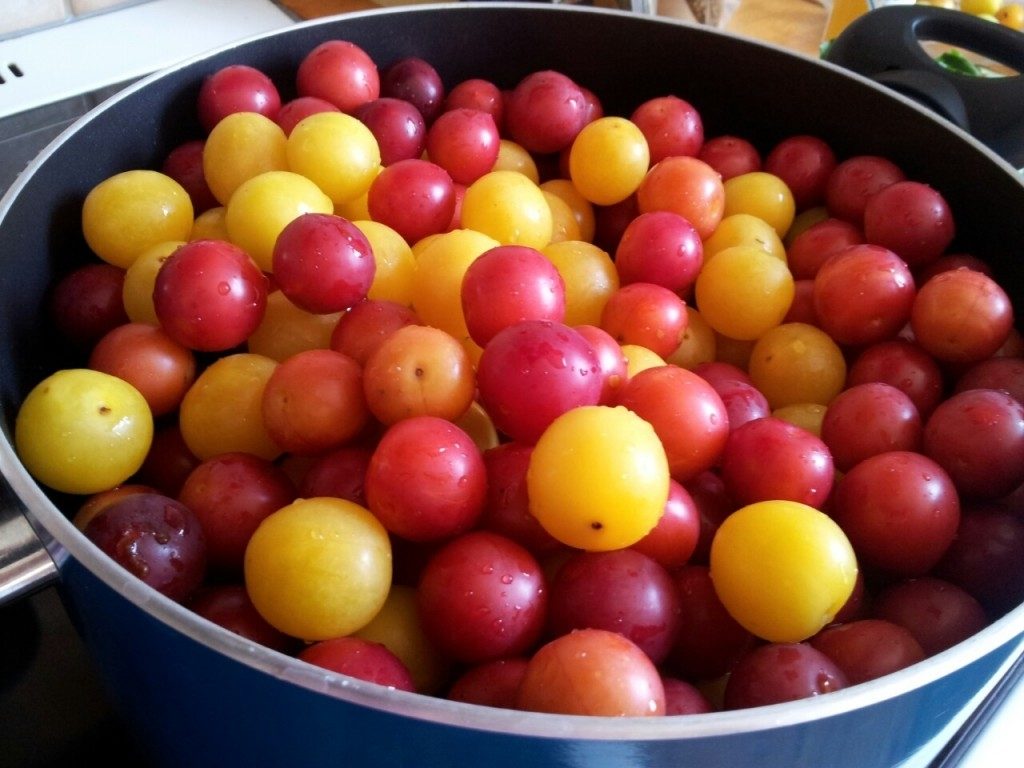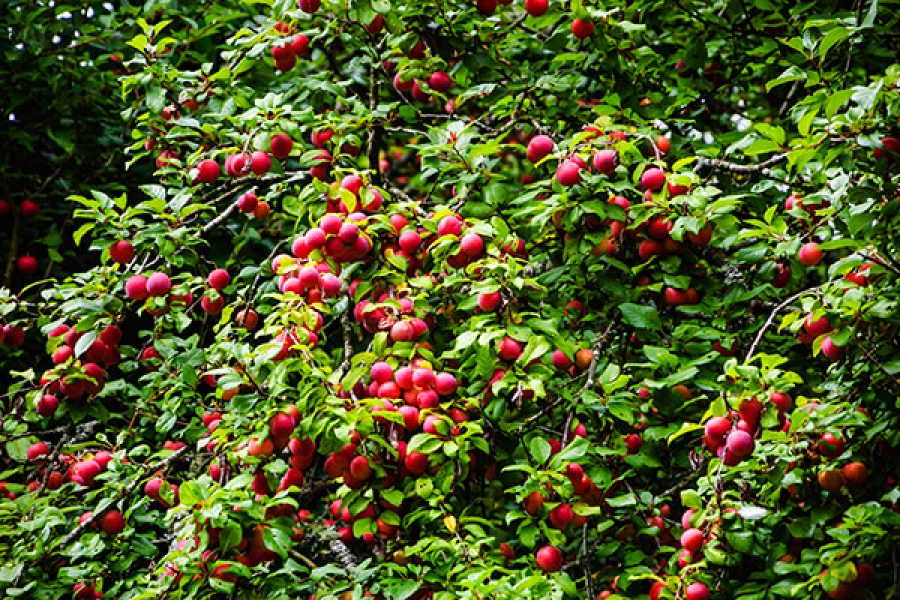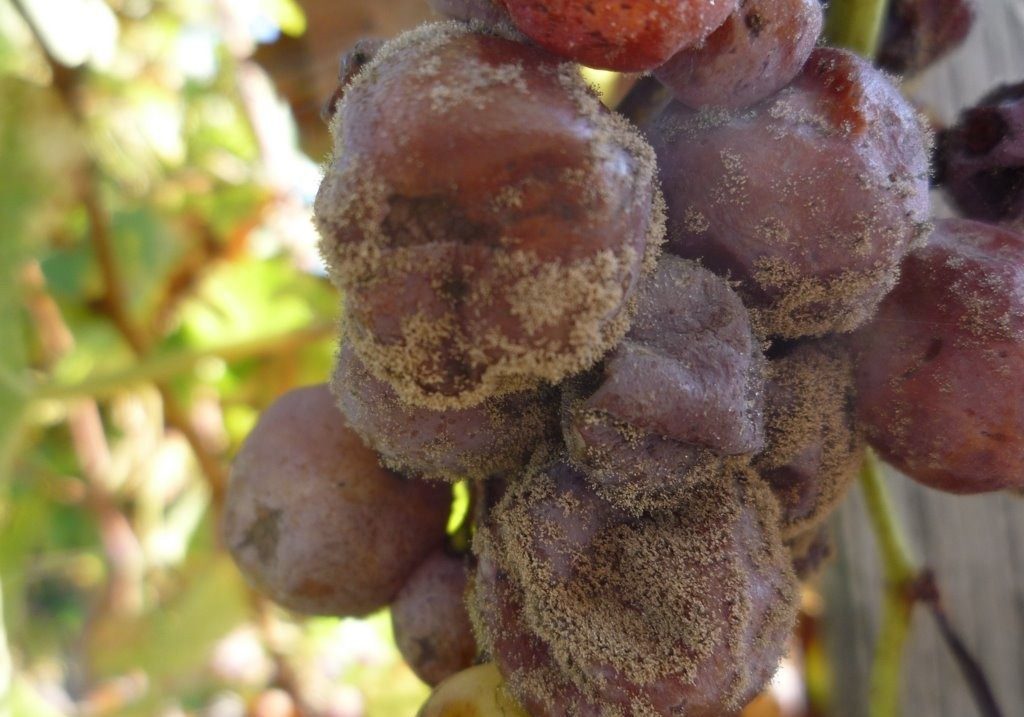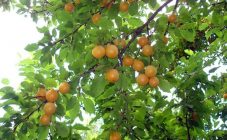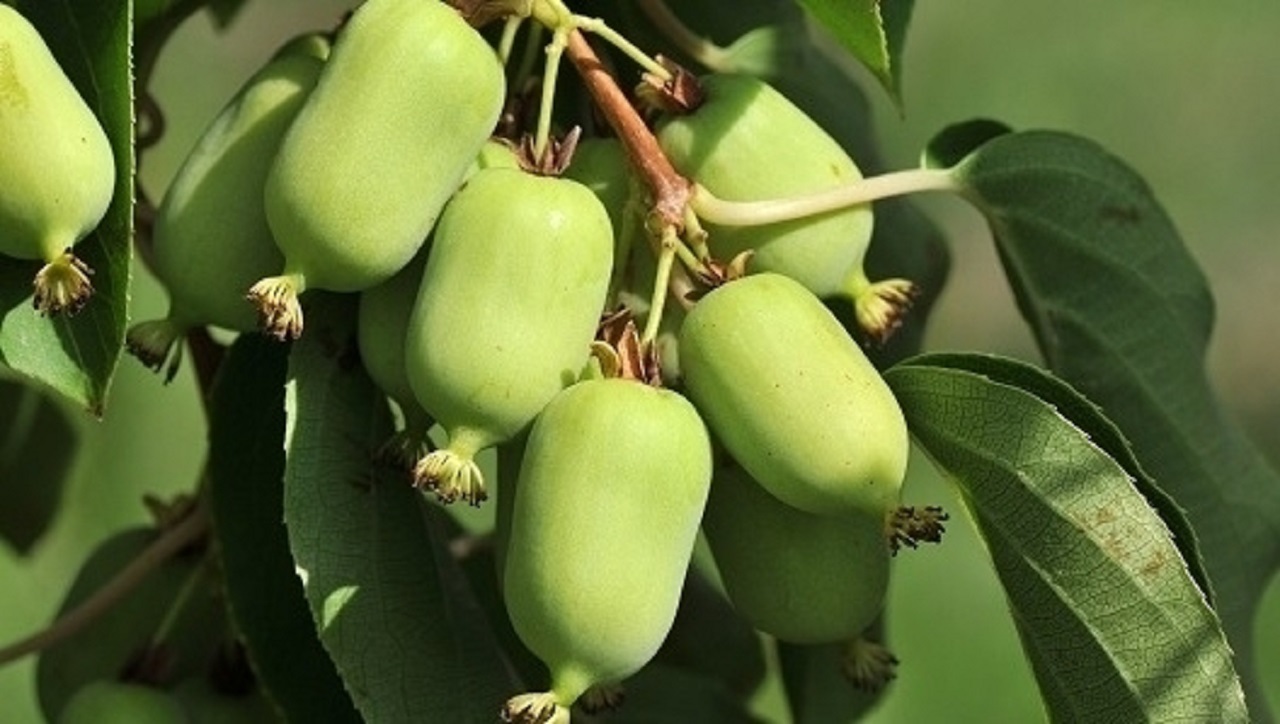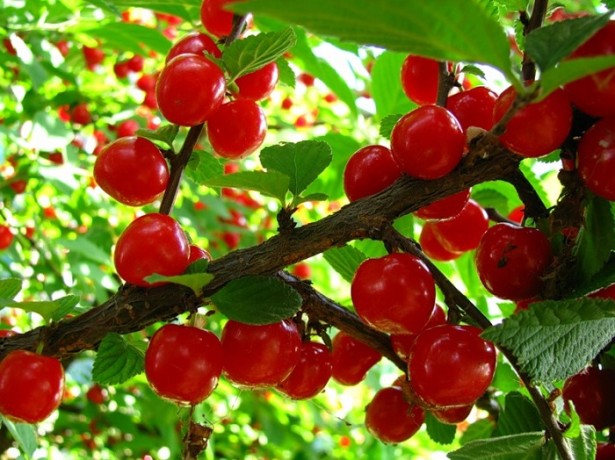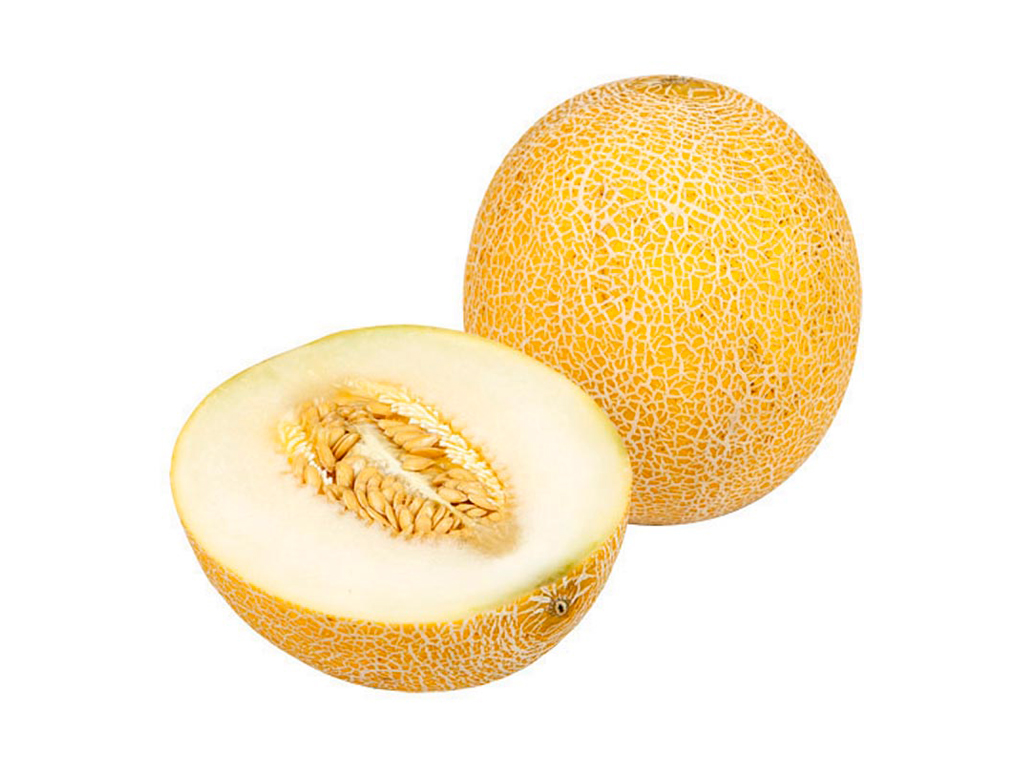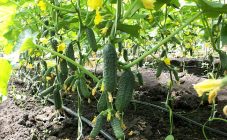Content:
More and more gardeners and gardeners are planting cherry plum trees on their plots to diversify their summer diet. Cherry plum berries, although they are relatives of plums and are similar to their fruits externally, differ in their specific taste and smell.
Description of culture
The cherry plum tree grows up to 10 meters in height and has many branches. Some varieties can be tall, multi-stemmed shrubs. In May, the tree is abundantly covered with white-pink flowers with an alluring smell, the inflorescences are completely absent.
From August until the end of September, you can enjoy ripe cherry plums. Fruits can be of any color:
- purple;
- orange;
- yellow;
- red;
- dark blue;
- black.
The color and taste of berries directly depends on the type of tree grown, as well as the size of the fruit. For example, in Siberia, cherry plum can produce fruits from 20 to 40 grams, and in general, up to 40 kg of harvest per season is removed from the tree.
Cherry plum is unpretentious to the soil, has immunity to almost all garden diseases and parasites. With proper care, it is ready to please with a high, high-quality harvest. The only thing that can interfere with the development and growth of a fruit tree is frost.
Several varieties of popular high-yielding varieties of cherry plum for the garden:
- Kuban comet;
- Traveler;
- Gold of the Scythians;
- Columnar;
- Ruby;
- Cleopatra;
- Found;
- Avalanche;
- Yarilo;
- Granite;
- Tent;
- Sigma;
- Huck;
- Chuk.
Cherry plum in Siberia: varieties and cultivation
Despite the fact that cherry plum does not like severe frosts, new species have been bred by selection that are able to survive the most severe winters.
Plum varieties suitable for Siberia:
- Ussuriyskaya plum;
- American plum;
- Karzin plum;
- Russian plum.
The best varieties of cherry plum for the Urals, which are distinguished by frost resistance:
- Gift to St. Petersburg;
- Vladimir comet;
- Rocket Seedling;
- Timiryazevskaya.
These varieties, not afraid of low temperatures, grow and develop well on any soil: black soil, forest land, sand, clay, etc. For a better result, cherry plum is suitable for a land rich in humus and moisture. Cherry plum does not tolerate both high acidity and alkaline soil reaction. Drainage, cultivation and cultivation of the soil, control over the prevention of waterlogging are necessary.
To plant a young plant, you need to prepare a hole, about 60 cm in depth and the same in breadth. Before planting a tree, the pit must be fertilized with ground lime, dolomite, chalk, ash, nutrient mixtures. Cherry plum loves nitrogen and potassium supplements, sometimes phosphorus. After planting, the tree must be pruned and moistened abundantly, with about 4-5 buckets of water per plant.
For the first few years, it is better to leave the trunks near the trees without additional plantings, for the unhindered development of the root system. To grow juicy, large berries and get a large harvest, planting seedlings from the sunny side of the site will help.
This method will allow you to get several different varieties of berries on one tree. The tree will self-pollinate, even if there is no other cherry plum or plum nearby. On the face of the economy of space, since there will be no need to allocate a site for a new planting.
Diseases and pests dangerous for cherry plum
There are not so many misfortunes that can destroy the entire crop, but the treatment and prevention of fruit trees must be approached with all seriousness. The main diseases and parasites that can settle in the Siberian garden and destroy trees and fruits:
- Holey and brown spotting;
- Coccomycosis;
- Moniliosis;
- Fruit mite;
- Slimy sawfly.
Hole spot - affects the leaf plates and bark of cherry plum trees, forming small spots of red or brown color on them. The affected areas die off and form through holes in the leaf. Spotting on the trunk of a tree and branches causes irreparable damage in the form of cracks in the bark. This leads to the appearance of gum.
Brown spot - like perforated spot, affects healthy leaves of trees. A very large number of brownish or yellow-brown spots appear on the leaf. Under the influence of the disease, the leaves dry out completely and fall off.
Coccomycosis is a disease that can completely destroy the crop. You can notice its appearance thanks to small, red or brown spots that spread over the leaves and stems of the cherry plum. Over time, the leaves die completely, the development and growth of berries is blocked.
Moniliosis - destroys the crop. Branches and shoots wither and dry. Fruits rot, brown dots appear on them.
The way to eliminate these diseases, as well as preventive measures, are the same. It is necessary to completely rid the cherry plum trees of infected shoots, branches and leaves. The second step will be spraying the trees with Bordeaux liquid or homom.
- Against spotting - the first irrigation is carried out during the beginning of flowering of plants, the second after it ends and the third after two weeks.
- Against coccomycosis, spraying is carried out twice - after flowering and after harvesting the berries.
- If the tree is attacked by moniliosis, it should be sprayed during bud break, before blooming, immediately after flowering.
Fruit mite - inhibits the development of the plant and its flowering. Provokes leaf death.
Slimy sawfly - completely destroys the sheets with its slime, they become transparent, dead.
To destroy pests, trees are sprayed with insecticides: Karate, Fufanon, Novaktion. To combat the tick, the treatment is carried out three times: before the buds swell, during the swelling, and during the budding period. Against the sawfly, it is enough to process the tree once in the period from July to August.
Observing all the rules of planting, caring for and protecting plants from pests, even in the most severe climatic conditions, you can enjoy delicious cherry plum berries from year to year.
